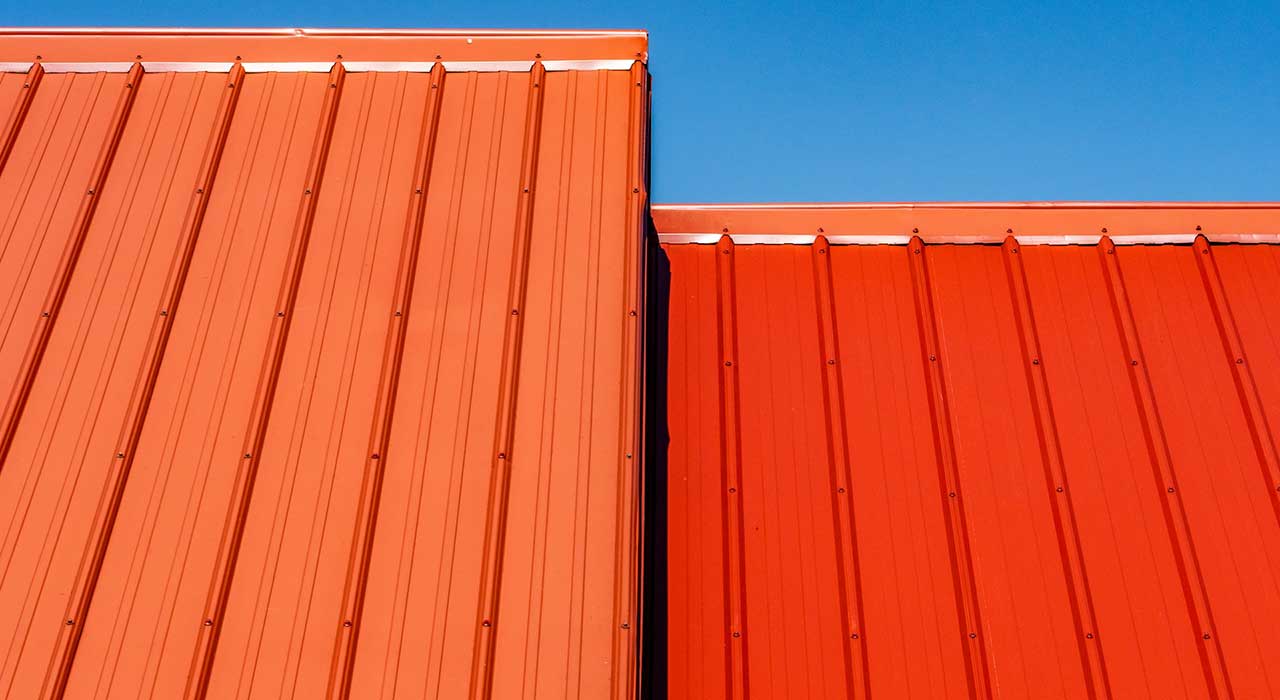
Metal is a common material used in various construction applications due to its durability, strength, and aesthetic appeal. When it comes to corrugated metal panels, one common question that arises is whether they reflect heat. In this article, we will explore the heat reflection properties of corrugated metal panels, their benefits, and even compare the heat reflection properties of aluminum and steel.
Understanding Corrugated Metal Panels
Before diving into the heat reflection properties, let’s first understand what corrugated metal panels are. Corrugated metal panels are thin, lightweight sheets of metal that are formed into a corrugated shape. They are commonly used for roofing, siding, fencing, and other architectural purposes. These panels are typically made from materials such as aluminum, steel, or zinc, and they offer excellent durability and longevity.
Heat Reflection Properties of Corrugated Metal Panels
Metal, by its nature, has reflective properties. When exposed to sunlight or heat, metal surfaces tend to reflect a significant portion of the heat energy rather than absorbing it. This property makes corrugated metal panels efficient at reflecting heat away from the surface, which can have several benefits in various applications.
However, the exact heat reflection properties of corrugated metal panels can vary depending on several factors. Factors such as the surface finish, color, and installation techniques can influence the overall heat reflection efficiency of the panels.
Does Aluminum Reflect Heat More Than Steel?
When comparing heat reflection properties, it’s essential to consider the specific characteristics of the metals commonly used for corrugated metal panels, such as aluminum and steel.
Aluminum is known for its high reflectivity and thermal conductivity. It has excellent heat reflection properties, making it an ideal choice for applications where heat dissipation is crucial. Aluminum can reflect a significant amount of heat, helping to keep surfaces cool and reducing heat transfer to the interior.
On the other hand, steel is a denser and less reflective material compared to aluminum. While steel still possesses some degree of heat reflection, it may not be as efficient as aluminum in reflecting heat energy.
Benefits of Heat Reflection in Corrugated Metal Panels
The heat reflection properties of corrugated metal panels offer several benefits, especially in hot climates or areas with intense sun exposure.
One significant advantage is increased energy efficiency. By reflecting a substantial portion of the heat, corrugated metal panels can help reduce heat transfer into the interior of buildings. This can result in lower cooling costs and increased comfort, as the need for air conditioning and other cooling mechanisms is reduced.
Furthermore, the reflective nature of corrugated metal panels can help prolong the lifespan of the panels themselves. By reflecting heat, they are less prone to heat-related damage, such as warping or deterioration, ensuring their longevity and durability.
Factors Affecting Heat Reflection
While corrugated metal panels inherently possess heat reflection properties, several factors can influence their overall efficiency in reflecting heat.
The surface finish of the panels can play a role in heat reflection. A smooth, polished surface may reflect more heat compared to a rough or textured surface. Additionally, the color of the panels can impact their heat reflection properties. Lighter-colored panels tend to reflect more heat than darker-colored ones.
Proper installation techniques also contribute to the heat reflection efficiency. Ensuring that the panels are installed with proper insulation and air gaps can enhance their heat reflection capabilities.
In conclusion, corrugated metal panels do possess heat reflection properties. They reflect a significant portion of the heat energy, which can bring various benefits, including energy efficiency, reduced cooling costs, and enhanced comfort in hot climates. While aluminum generally reflects heat more efficiently than steel, both materials offer heat reflection capabilities.
When choosing corrugated metal panels, it’s crucial to consider factors such as the surface finish, color, and installation techniques to maximize their heat reflection properties. By selecting the right materials and employing proper installation practices, you can enjoy the advantages of heat reflection and create a more comfortable and energy-efficient environment.
